HUE AND HOI AN- Vietnam’s Central Coast
I awoke in central coastal Vietnam on the overnight train from Hanoi. Looking out the window I saw, surprise, more flat rice fields stretching to the horizon. Good thing I’d taken the overnight train as I certainly didn’t need to view rice fields for 14 hours.
Two hours later we reached Hue, my destination, and Vietnam’s old capital city on the banks of the Perfume River. As soon as I stepped outside the train station I immediately liked Hue. The first thing I noticed was quiet. Startling after Hanoi. Although there was traffic, it consisted of nearly half bicycles, half motorbikes and very few cars or buses. Even the motorbikes were quiet in Hue. More amazingly, the drivers were not horn-honking maniacs. Simply wonderful.
| Perfume River at Hue |
My next impression was of nature: parks, grassy fields and many shady trees. My walk into town led me along the banks of the wide, flat Perfume River which, to my delight, was lined with a wide swath of park. Besides all that, the sky was bright blue. I realized that was the very first blue sky I’d seen in three weeks in Vietnam. Hanoi and Vietnam’s entire north were covered in a perpetual grey haze. I also quickly noticed that Hue people were friendlier, quicker to smile and less persistent sellers than up north. I was hooked on Hue already. I soon wondered why I’d ‘wasted’ so much time in the north.
My hotel was another wonder: spotlessly clean, with a grand staircase leading to the upper floors, and filled with very friendly, professional staff. And my room? Well: tiled floor, huge double bed, tv, fridge, two large Chinese style chairs (I happen to be particularly enamored with Chinese furniture), phone and marble bathroom (well, faux-marble tiles) complete with bathtub, all for $4 US.
| Citadel walls of Hue |
I was so excited about Hue that I immediately rented a bicycle and began exploring. Hue, I discovered, is essentially ‘a big park’ full of grassy fields, shady trees, parks, and a maze of old canals. Vietnam, as we know it, was only united in 1802 when the Nguyen family of the south took control, unifying the north and south. The first Nguyen Emperor established his capital at Hue and constructed an elaborate walled city and, within it, a further enclosed Imperial Compound exclusively for the royal family.
The city walls and some ancient buildings still exist. Many canals are the original moats surrounding the Citadel. That explains Hue’s parks, canals and trees. Inside the Citadel today there is a simple town full of houses, shops and narrow roads. But the Imperial Compound still contains many recently renovated royal houses and temples, though much was completely destroyed in the Vietnam War. Outside Hue, scattered around the countryside, are 13 tombs of the 13 Nguyen Emperors who reigned from 1802-1945.
| entrance to Hue’s Imperial Compound |
I spent four days exploring Hue, enjoying the grassy banks of the river, visiting the Imperial Enclosure, cycling into the countryside and sampling various Hue foods. Then I moved south to Hoi An, an ancient trading port, hoping it would be as fantastic as Hue. Several travelers I’d met had all given rave reviews, so I had high hopes. Besides, Hoi An is partially famed for its great beach.
| beach near Hoi An, with tradtional Vietnamese basket boats |
HoiAn lived up to all my expectations. As soon as I arrived I wasted no time renting a bicycle and pedaling the 5 km (3 miles) out to Hoi An’s fabled beach. Pale beige sand stretches indefinitely north and south along the vast clear South China Sea, backed by a grove of coconut palms. Ahhhh, my favorite setting. I spent the day luxuriating in the hot sun, swimming in the cool ocean and enjoying sand under my feet. In the evening I cycled back to Hoi An town where I discovered just how very charming it is.
| old shophouse in Hoi An |
Hoi An was an international trading port in the 1700s and 1800s. Much trade was conducted between China, Japan, Malaysia, Indonesia and a few European countries, especially France. The Chinese, Japanese and French merchants were allowed to set up businesses there, so they built many houses and shops, according to their own designs. Many of those buildings still exist in their original form. In fact, a whole neighborhood of old shops and houses sits along a river, complete with charming wood fishing boats. Many of the houses have been converted into restaurants, bars, shops and museums, while retaining their traditional architecture. There are several Chinese temples and a famous old Japanese covered bridge. It’s a delightful place to eat, wander and explore.
| Hoi An’s famous Japanese covered bridge |
Hoi An is also quite famous for its regional foods, mostly noodle dishes, which combine a surprising concoction of herbal greens, pickled fruits, peanuts, and meats. They’re all delicious. On top of that, Hue is full of handicraft shops where you can watch artisans carving elaborate wood pictures and statues, making silk-covered lanterns, embroidering intricate fabric pictures, weaving cotton, and creating beautiful paintings. Most prominently, there’s a plethora of tailor shops specializing in custom-fit silk clothes and amazing, unique shoes. There’s also an abundance of art galleries.
| Hoi An’s atmospheric river, full of traditional boats |
Needless to say, I had no trouble filling my days between Hoi An’s intriguing Old Quarters, the spectacular beach, and the tasty variety of food. I spent sxi days in Hoi An with a basic routine: early mornings I ate a tasty breakfast (for about $.40) then wandered around the old town exploring temples and shops. Next I rented a bike and cycled to the beach, where I spent most of the day suntanning, swimming in the sea, walking the beach, and reading books. I returned to town in the evenings for more tasty food and explorations of the old town, which is especially romantic at night along the river, with shops lit by lanterns or candles. Too bad I had no romance at the moment. Instead, I sometimes hung out with a few other travelers I kept bumping into around Vietnam, in particular, a German couple and an Australian couple.
| one of Hoi An’s elaborate temples |
I was about to reluctantly leave Hoi An in order to see the rest of Vietnam, when I learned of Hoi An’s monthly full moon festival and, darn, I had to stay one more day. Not surprisingly, that turned out to be a good thing. Besides the festival, I stumbled upon an international photo exhibit, which must have opened with the festival, then completely updated my journal, enjoyed the fabulous beach an extra day and got to visit the one temple I kept missing all week. It was open at night during the festival.
| river at Hoi An, with traditional wooden boats |
The festival kicked off at dusk, around 6 pm, when the police blocked off the Old Town streets to traffic. Pedestrians only. The area was darker than usual since electricity was turned off. Instead, the town was illuminated by lanterns. A taikwondo demo by kids and a music/dance/singing performance were held. Many young Vietnamese wandered the dim streets. Candles were floated on the river, in little paper cups, and some other entertainment was on too. It was a great ending to my Hoi An visit.
| restored building in Hoi An |
Once again I was reluctant to leave, assuming that the rest of Vietnam couldn’t possibly live up to the place. But in order to satisfy my curiosity about the rest of the country, I had to press on. Early next
morning I began my llllooooonnnnnggggg all day bus ride down the coast to my next destination, which also boasted a famous beach. Certainly, it couldn’t be too bad.
More from down the coast. cheers, LASH
Q: Have you visited any historic towns that were part of the old Asian trading route?
Which ones, and what did you think of them? Share your stories!
You might also like:
Trip Through Halong Bay
Sapa and Vietnam’s Northwest Mountains
Hanoi
10 Free Things to do in Hanoi
Photo Gallery: Halong Bay
———————————————————————————————————————————————————

Two Wheels & Rice Fields- The Ultimate Guide to Motorbiking Vietnam
My friends and fellow travel bloggers , Elise and Anthony Milotic of Positive World Travel, have written this excellent and very thorough guidebook to motorbiking through Vietnam based on their own motorbike trip through the country.
If you’re planning to visit Vietnam and/or you love motorbike travel, check out their awesome guide to get started.
Read my review of Two Wheels & Rice Fields
—————————————————————————————————————-—————————————————-

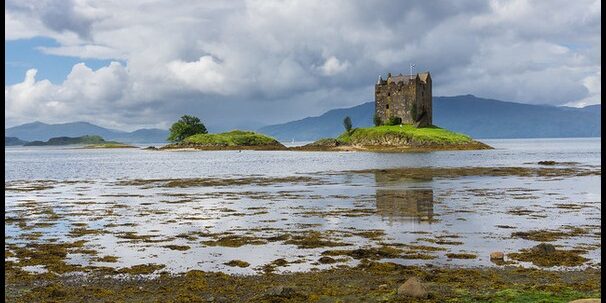
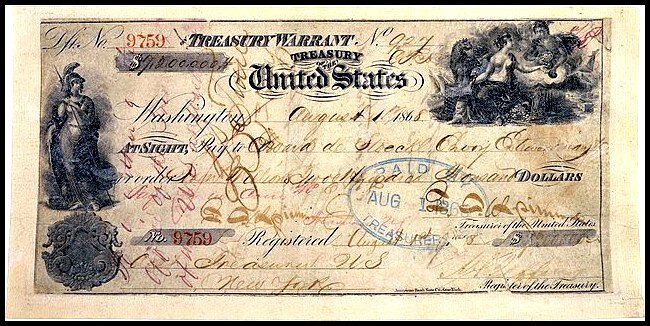

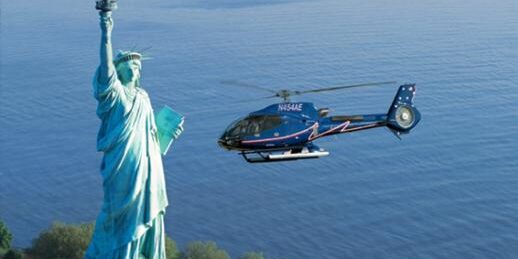
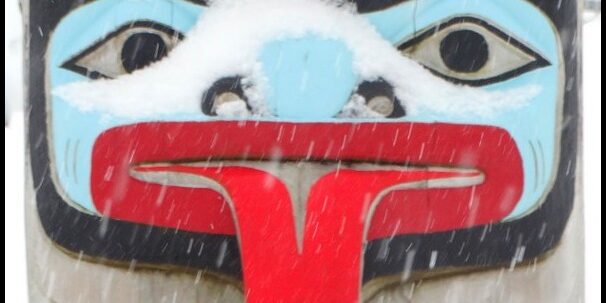

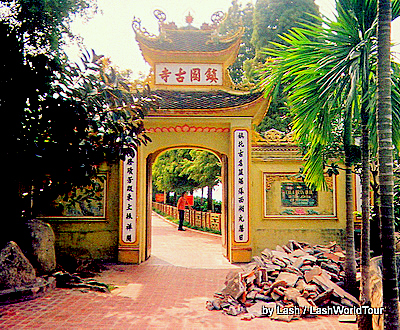
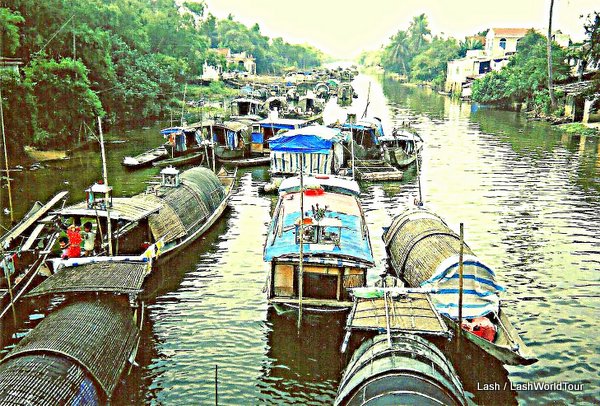
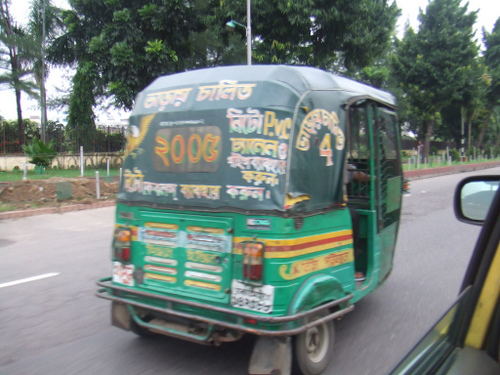

 Hi! I'm Lash, an American nomadic world traveler who's been traveling solo since 1998. I’m passionate about traveling the world nomadically and then sharing it all with you. I hope to inspire you to travel the world, to entertain you with tales from the road, and to help you reach your travel dreams. Welcome!
Hi! I'm Lash, an American nomadic world traveler who's been traveling solo since 1998. I’m passionate about traveling the world nomadically and then sharing it all with you. I hope to inspire you to travel the world, to entertain you with tales from the road, and to help you reach your travel dreams. Welcome! 




7 pings
Skip to comment form ↓
VIETNAM- TRIP OVERVIEW - LashWorldTour » LashWorldTour
2012/02/29 at 2:10 am (UTC 8) Link to this comment
[…] 10 Free Things to do in Hanoi Trip Through Halong Bay Sapa and the Remote Northwest Mountains Hue and Hoi An Saigon: Unexpected Blast of Urban Clubbing .nrelate_popular .nr_sponsored{ left:0px !important; } […]
PHOTO GALLERY: VIETNAM’S PERFUME RIVER - LashWorldTour » LashWorldTour
2012/02/29 at 2:21 am (UTC 8) Link to this comment
[…] Halong Bay Photo Gallery: Hong Kong Snapshots Photo Gallery: Sri Lanka’s Stormy Coast Story: Hue and Hoi An Story: Trip Through Halong BayStory: Sapa and Vietnam’s Northeast Mountains.nrelate_popular […]
MY SAIGON STORY: AN UNEXPECTED BLAST OF URBAN CLUBBING - LashWorldTour » LashWorldTour
2012/11/28 at 1:32 pm (UTC 8) Link to this comment
[…] might also like:Hue and Hoi An Trip Through Halong Bay Hanoi Sapa and Vietnam’s Remote Northeast Mountains 10 Free Things to […]